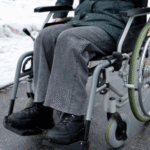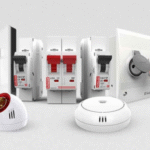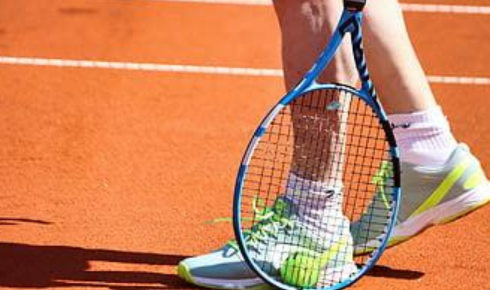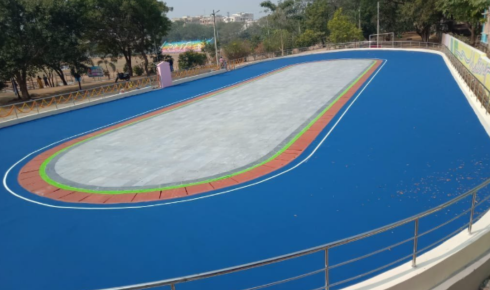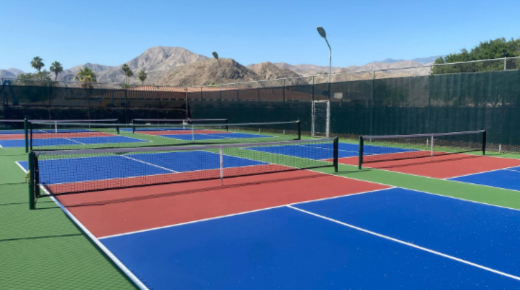When building or upgrading a tennis court, one of the most critical decisions you’ll make is the choice of surface. The flooring for tennis court systems significantly impacts performance, safety, maintenance, and the overall playing experience. From casual backyard players to competitive clubs, selecting the right surface depends on your location, usage level, and budget.
In this blog, we compare the most popular tennis court flooring options—acrylic, clay, and synthetic grass—to help you understand their unique features, maintenance needs, and cost implications. We’ll also look at how tennis court surface paint plays a role in enhancing each type.
Overview of Different Flooring Materials
There are several surface types used worldwide, but the most common choices include:
- Acrylic (Hard Courts) – A multi-layered system applied over an asphalt or concrete base, often finished with textured paint for grip and performance.
- Clay (Natural or Synthetic) – A soft surface made of crushed stone, shale, or brick, typically found in clubs and academies.
Each of these surfaces offers a distinct playing feel, and your selection should reflect the court’s purpose and user profile.
Pros and Cons of Popular Tennis Court Surfaces
1. Acrylic Courts
Pros:
- Excellent ball bounce and speed control
- Customizable colors with tennis court surface paint
- Low maintenance compared to clay or turf
- Long-lasting with proper care (7–10 years)
- Ideal for professional, school, and residential use
Cons:
- Harder on joints; may cause fatigue with long play
- Initial installation cost is higher
- Not ideal for very wet or ice climates without proper drainage
2. Clay Courts
Pros:
- Gentle on joints and ankles
- Slower ball speed, ideal for training and long rallies
Cons:
- Requires daily grooming and frequent water spraying
- Weather-sensitive and not suitable for all climates
- High maintenance cost
- Limited customization options for color or branding
Which Surface Works Best for Outdoor Courts?
When selecting the best flooring for a tennis court in outdoor environments, climate and frequency of use are major factors.
- Acrylic is best suited for outdoor courts with adequate drainage and moderate climates. It’s UV-resistant and water-repellent with proper surface coating.
- Clay works well in dry or controlled environments but becomes problematic in heavy rains due to mud and slippage.
For long-term, year-round outdoor use, acrylic courts offer the best balance of durability, aesthetics, and playability.
Role of Surface Paint in Each Flooring Type
Acrylic Courts
Tennis court surface paint plays a vital role here. It not only defines court markings but also provides:
- UV protection
- Non-slip texture
- Vibrant, fade-resistant colors
- Game speed customization through sand additives
Synthetic Grass Courts
Paint is used minimally or not at all. Game lines are usually sewn into the turf or applied with turf-specific paint that doesn’t crack or fade.
Acrylic courts offer a true bounce but are harder on joints—though cushioned acrylic systems can address this.
- Clay courts offer the safest surface in terms of joint impact but require regular care.
- Synthetic grass offers comfort but may compromise on bounce predictability.
Maintenance & Weather Resistance
Each surface has unique maintenance needs:
- Acrylic tennis courts are relatively low-maintenance, but consistent care is essential to preserve their performance and appearance. Weekly cleaning using clean water and soft-bristle brushes helps remove dust, dirt, leaves, and debris that can accumulate on the surface. This prevents buildup that might cause stains or reduce traction over time.
- In addition to regular cleaning, occasional repainting of court lines and small touch-ups is recommended, especially in high-traffic areas where the markings may begin to fade. Keeping lines crisp and visible not only maintains the professional look of the court but also ensures accurate gameplay.
- Depending on the frequency of use and environmental exposure, a full recoating of the surface every 5 to 7 years is advised. This process involves reapplying the acrylic surface coating to restore the texture, color vibrancy, and grip of the court. With proper maintenance, an acrylic court can remain in excellent playing condition for many years.
In terms of weather resistance, acrylic leads the pack with UV-stable paints and weather-tolerant coatings.
Conclusion: Finding the Right Flooring for Your Needs
Choosing the right flooring for the tennis court comes down to personal priorities—game quality, maintenance, safety, and budget. Here’s a quick summary to guide your decision:
- Choose Acrylic if you want a professional look, durable surface, and consistent performance.
- Choose Clay if you’re focused on low-impact play and enjoy classic court styles.
No matter what surface you choose, applying high-quality tennis court surface paint and maintaining it properly ensures long-lasting performance, aesthetics, and player safety.




